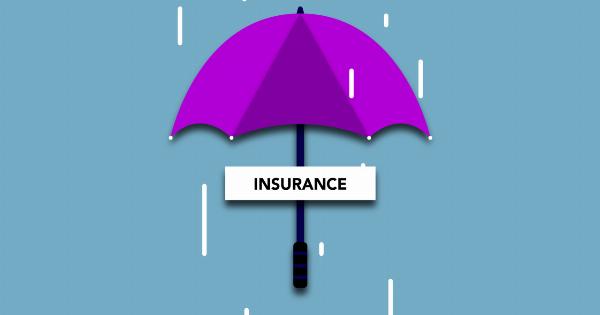Living in an area prone to earthquakes comes with a significant risk to your property and assets. These natural disasters can strike at any time, causing extensive damage and financial loss.
While there’s no way to predict when an earthquake will occur, one thing you can do to minimize the impact is to have earthquake insurance. In this article, we will explore the importance of earthquake insurance and provide practical steps to protect your assets.
What is Earthquake Insurance?
Earthquake insurance is a specific type of insurance coverage that protects property owners from financial loss due to earthquake-related damage.
Standard homeowners’ insurance policies typically do not cover earthquake damage, making it essential to have separate coverage for earthquakes.
The Importance of Earthquake Insurance
1. Financial Protection: The most obvious importance of earthquake insurance is the financial protection it provides. By having this coverage, you can ensure that your property and assets are protected in the event of an earthquake.
Without insurance, you would be responsible for covering all the repair or replacement costs on your own, which can be exorbitant.
2. Peace of Mind: Earthquakes can be devastating, both physically and emotionally. Having earthquake insurance gives you the peace of mind knowing that you are financially prepared to handle the aftermath of such a disaster.
It allows you to focus on the safety and well-being of your loved ones instead of worrying about the financial burden.
3. Safeguard Your Assets: Your home and personal belongings are valuable assets that should be protected. Earthquake insurance ensures that you can quickly recover and rebuild without facing significant financial setbacks.
It covers structural damage to your property, as well as damage to your personal belongings caused by the earthquake.
4. Necessary for Mortgages: If you have a mortgage on your property, your lender may require you to have earthquake insurance as a condition for the loan.
Lenders understand the risks associated with earthquake-prone areas and want to protect their investment. Therefore, having earthquake insurance may be a mandatory requirement to secure a mortgage.
5. Fill the Coverage Gap: As mentioned earlier, standard homeowners’ insurance policies do not cover earthquake damage.
Even if you have a comprehensive homeowners’ insurance policy, it is crucial to assess your coverage and determine whether earthquake insurance is necessary. By having earthquake insurance, you fill the coverage gap and ensure that you are adequately protected against all potential risks.
How to Protect Your Assets
While earthquake insurance is an essential step in protecting your assets, there are additional measures you can take to minimize the risks and potential damage caused by earthquakes. Consider the following:.
1. Conduct a Property Risk Assessment
Start by assessing the structural integrity of your property. Hire a professional engineer or a certified home inspector who specializes in earthquake risk assessment.
They can evaluate your property and provide recommendations for strengthening weak points and securing elements that could pose a risk.
2. Retrofit Your Home
If your property is older or not built to withstand earthquakes, retrofitting can help strengthen its structure. This involves reinforcing the foundation, adding bracing to cripple walls, and securing water heaters and other heavy appliances.
Retrofitting can significantly reduce the damage in the event of an earthquake.
3. Secure Heavy Furniture and Breakables
During an earthquake, heavy furniture and breakable items can become hazards. Secure bookcases, cabinets, and appliances to the walls to prevent them from toppling over.
Use earthquake straps or brackets to secure heavy items and keep breakable items stored in low-risk areas.
4. Create an Emergency Kit
Prepare an emergency kit that includes essential supplies such as food, water, medication, flashlights, and a first aid kit.
Also, keep important documents like insurance policies, identification papers, and financial records in a secure and easily accessible place. In the aftermath of an earthquake, having these supplies readily available can make a significant difference.
5. Educate Yourself and Your Family
Knowledge and preparedness are key in handling earthquake situations. Educate yourself and your family members on what to do during an earthquake, including the “Drop, Cover, and Hold On” technique.
Have a plan in place for communication and meeting up after the earthquake and practice it regularly.
Conclusion
Living in an earthquake-prone area means facing the reality of potential property damage and financial loss due to earthquakes. By having earthquake insurance, you can protect your assets, ensure financial security, and gain peace of mind.
Additionally, taking preventive measures such as property risk assessment, retrofitting, and securing furniture can minimize the impact of earthquakes. Remember, being prepared is essential in effectively dealing with earthquakes and protecting what matters most.





























